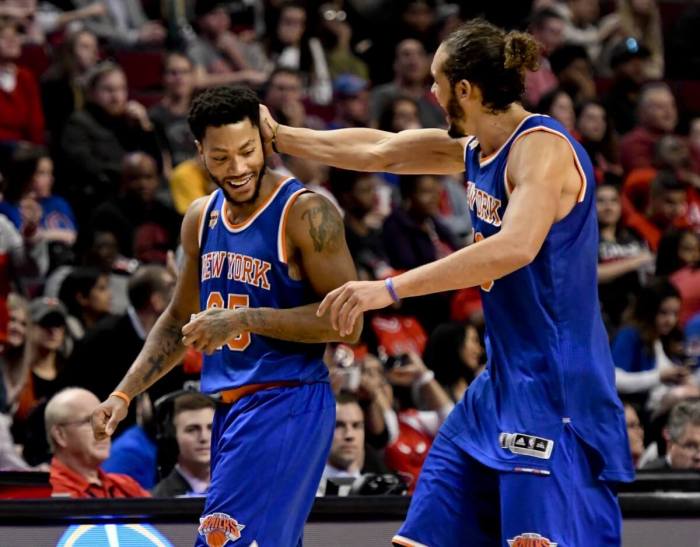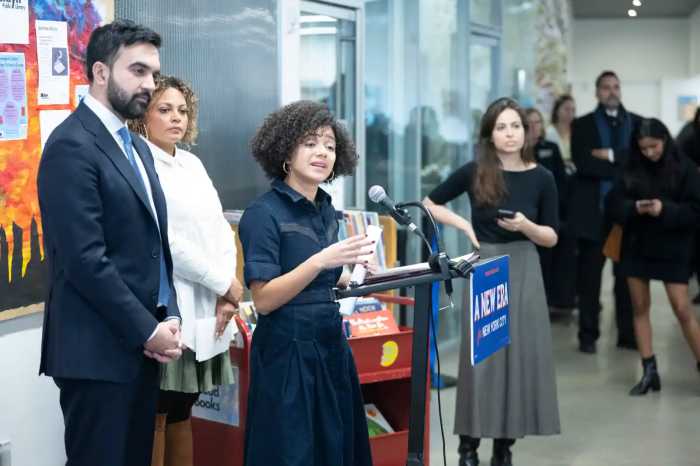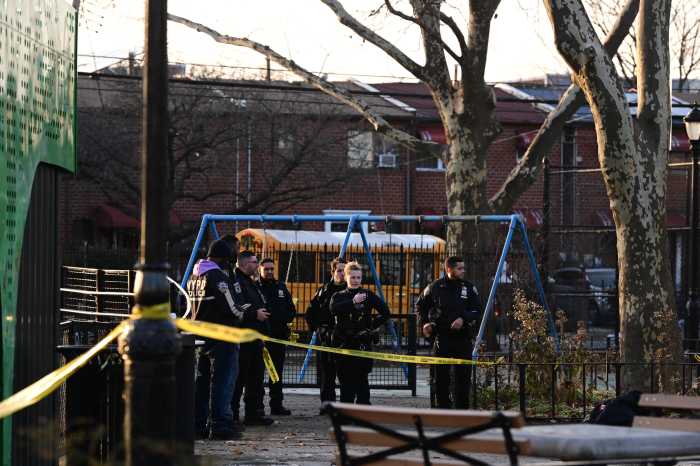The NBA lockout may have essentially taken professional basketball away from this continent, but it hasn’t stopped statistical madman John Hollinger from diving into his cauldron of basketball-related intelligence (or BRI for short) to provide player projections for this NBA year that’s never going to happen. Each day, Hollinger is releasing a new team’s worth of player reports, having tackled the Dallas Mavericks and Miami Heat thus far (Insider only).
In the Miami Heat profiles, Hollinger talks a bit in the LeBron section about “assist value,” which in loose terms refers to the worth of a player’s assist. Assist values vary depending on two factors: the shot’s distance from the basket (shots at the rim are worth more as they’re higher-percentage shots), and the point value of the shot (two-pointers versus three-pointers). The league average assist value for all players is 0.67 points per assist, i.e. the average assist by any player in the league was worth 0.67 points to that player’s team.
By this measure, Jordan Farmar ranks as one of the worst playmakers in the league, ranking fifth-lowest{{1}}[[1]]Minimum 300 assists.[[1]] with an assist value of just 0.59. The only point guards lower than Farmar are Brandon Jennings and Darren Collison, two players with considerably more upside than Farmar.
According to HoopData, Farmar assisted on 120 shots at the rim, 63 three-pointers, and 185 other two-point field goals. That means slightly less than half of Farmar’s assists were on dunks, layups, and three-pointers, the most high-quality shots. Across the league, an average point guard{{2}}[[2]]Minimum 40 games, 20 minutes/game.[[2]] assisted on 153 shots at the rim, 99 three-pointers, and 155 other two-pointers. That’s 62% of assists on “high-quality” shots.
I’ve maligned Farmar for this issue before, but it’s worth noting that some of the discrepancy in assist quality is undoubtedly contextual. When there aren’t a lot of players attacking the rim or spotting up from outside, it’s difficult to get assists in those areas. The only Nets to routinely attack the rim last season were Derrick Favors and Kris Humphries, while mainstays in the rotation Brook Lopez, Travis Outlaw, Johan Petro, Sasha Vujacic, and Stephen Graham primarily shot jumpers from inside the arc. Even three-point shooter extraordinaire Anthony Morrow still attempted 16′-23′ shots almost three times per game last season.
Across the board, the average team in the NBA last season took 52% of their shots at the rim or beyond the arc; the Nets only attempted 47%, fifth-worst in the league.{{3}}[[3]]Incidentally, two of the players worse than Farmar — Collison and Atlanta Hawks shooting guard Joe Johnson — are on teams that ranked below the Nets.[[3]]
That’s not to say that Farmar’s 5th-worst ranking is due primarily to the team dynamic. Farmar has always been a shoot-first point guard, not consistently looking to create off the pick & roll or set up big men down low. In roughly the same amount of minutes in a Nets uniform, Devin Harris assisted on more shots at the rim and from beyond the arc than Farmar, with a higher percentage of high-quality assists (55%). It’s worth noting that Deron Williams’s small sample size looks about as rough as Farmar’s, with 48% of his assists coming on “good-quality” shots, but since those came in 12 weird games and are far from his career numbers, that’s more likely an aberration than the norm.
With Deron Williams hopefully manning the point at some point this (next?) season, it doesn’t make much economic sense for the Nets to invest $8 million in a backup who’d bring the offense to a screeching halt for 10 minutes per game. The fact that his assist value is this low by a weighted measure only adds fuel to that notion.
Hollinger will profile the few New Jersey Nets remaining under contract on December 16th.
















